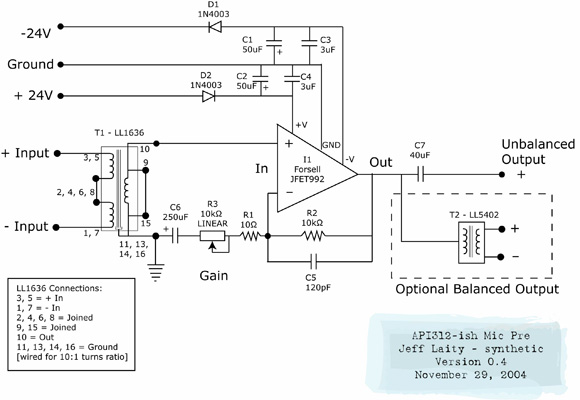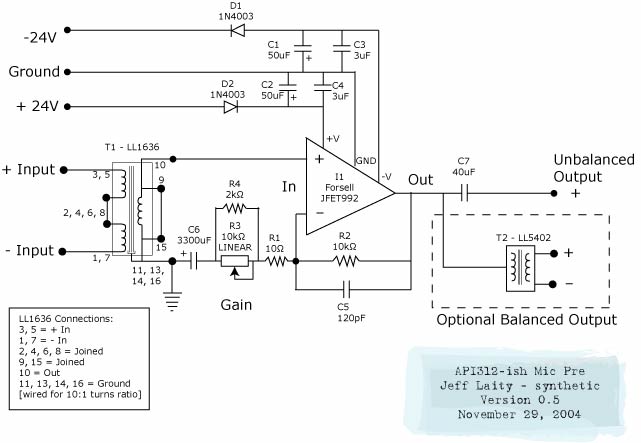synthetic
Well-known member
I just recorded some quick guitar tracks through the preamp. It sounds nice -- open and full. I did an A/B test with the preamps in my TASCAM FW-1884, which I like, and it sounded midrangey and soft in comparison.
If you're interested in hearing what it sounds like, I'm uploading a few sound files to my site. They are really bad recordings of really bad guitar playing, but what the heck. I used an MXL 960 tube mic at the bridge and an MXL 603 small condenser mic at the 12th fret. No compression, gain or EQ added.
MP3 format, 44.1k (457kB)
http://www.jefflaity.com/music/API/apitest_960_tube_441.mp3
http://www.jefflaity.com/music/API/apitest_603_small_441.mp3
AIFF format, 44.1k/24-bit (5.87MB)
http://www.jefflaity.com/music/API/apitest_960_tube_441.aif
WAV format, 96k/24-bit (12.7MB)
http://www.jefflaity.com/music/API/apitest_960_tube.wav
When I do some real recordings, I'll let y'all know. I can't wait to record my wife singing through this. I'll also post pics of the finished unit, but that won't be for a few weeks. I also ordered some new caps as chrissugar suggested, this should open the sound up even more. Thanks again, everyone. :guinness:
If you're interested in hearing what it sounds like, I'm uploading a few sound files to my site. They are really bad recordings of really bad guitar playing, but what the heck. I used an MXL 960 tube mic at the bridge and an MXL 603 small condenser mic at the 12th fret. No compression, gain or EQ added.
MP3 format, 44.1k (457kB)
http://www.jefflaity.com/music/API/apitest_960_tube_441.mp3
http://www.jefflaity.com/music/API/apitest_603_small_441.mp3
AIFF format, 44.1k/24-bit (5.87MB)
http://www.jefflaity.com/music/API/apitest_960_tube_441.aif
WAV format, 96k/24-bit (12.7MB)
http://www.jefflaity.com/music/API/apitest_960_tube.wav
When I do some real recordings, I'll let y'all know. I can't wait to record my wife singing through this. I'll also post pics of the finished unit, but that won't be for a few weeks. I also ordered some new caps as chrissugar suggested, this should open the sound up even more. Thanks again, everyone. :guinness:



































